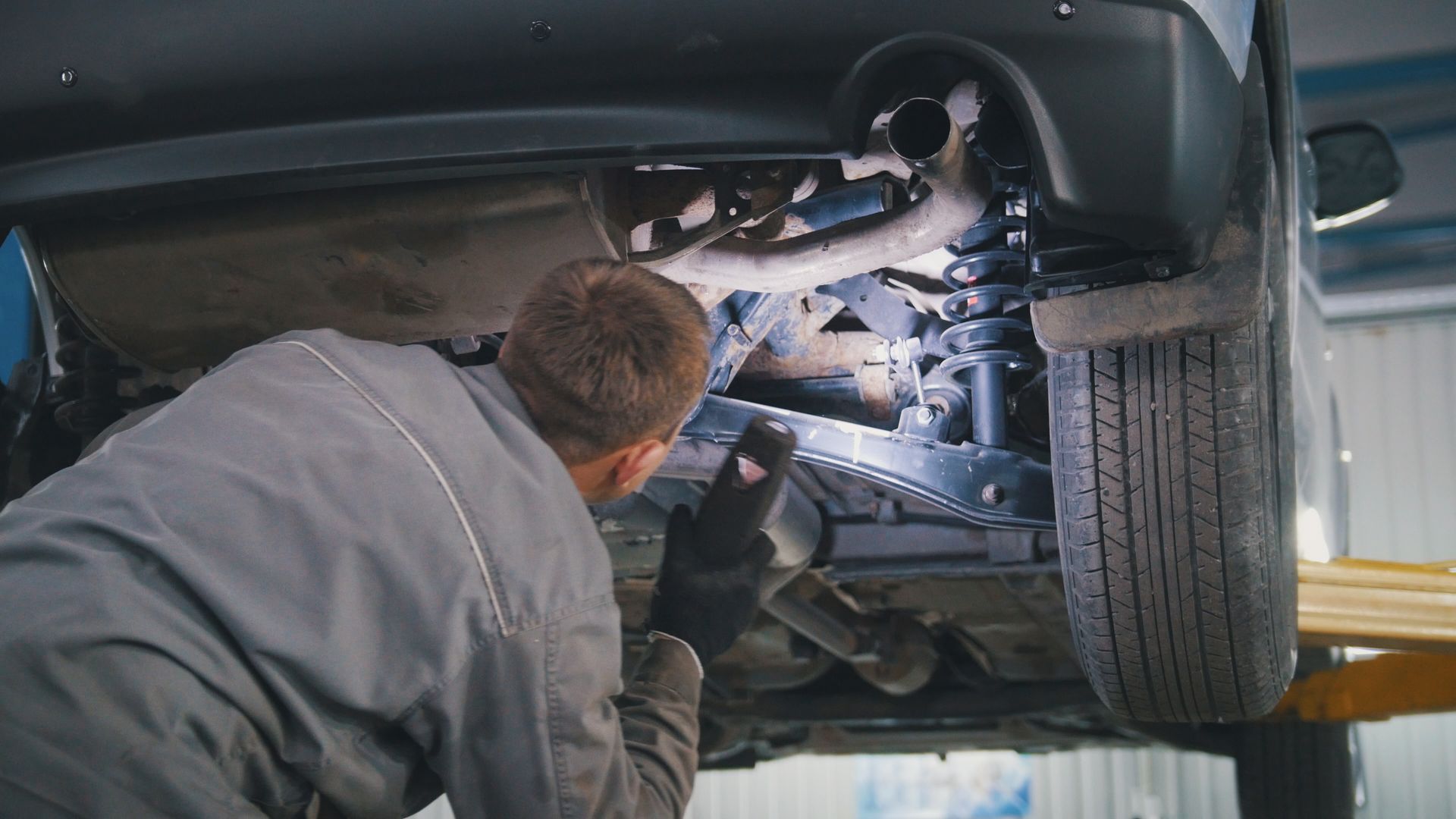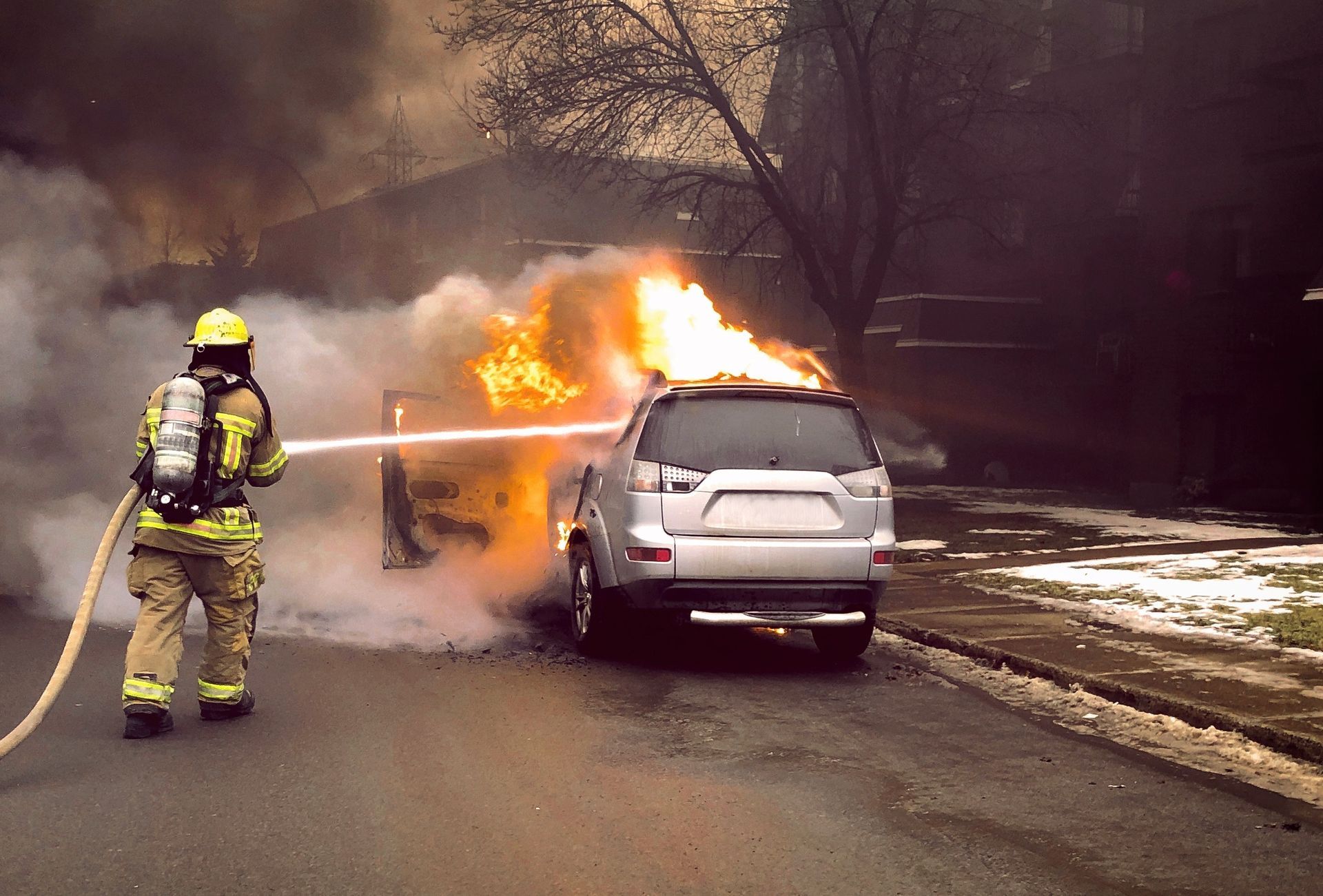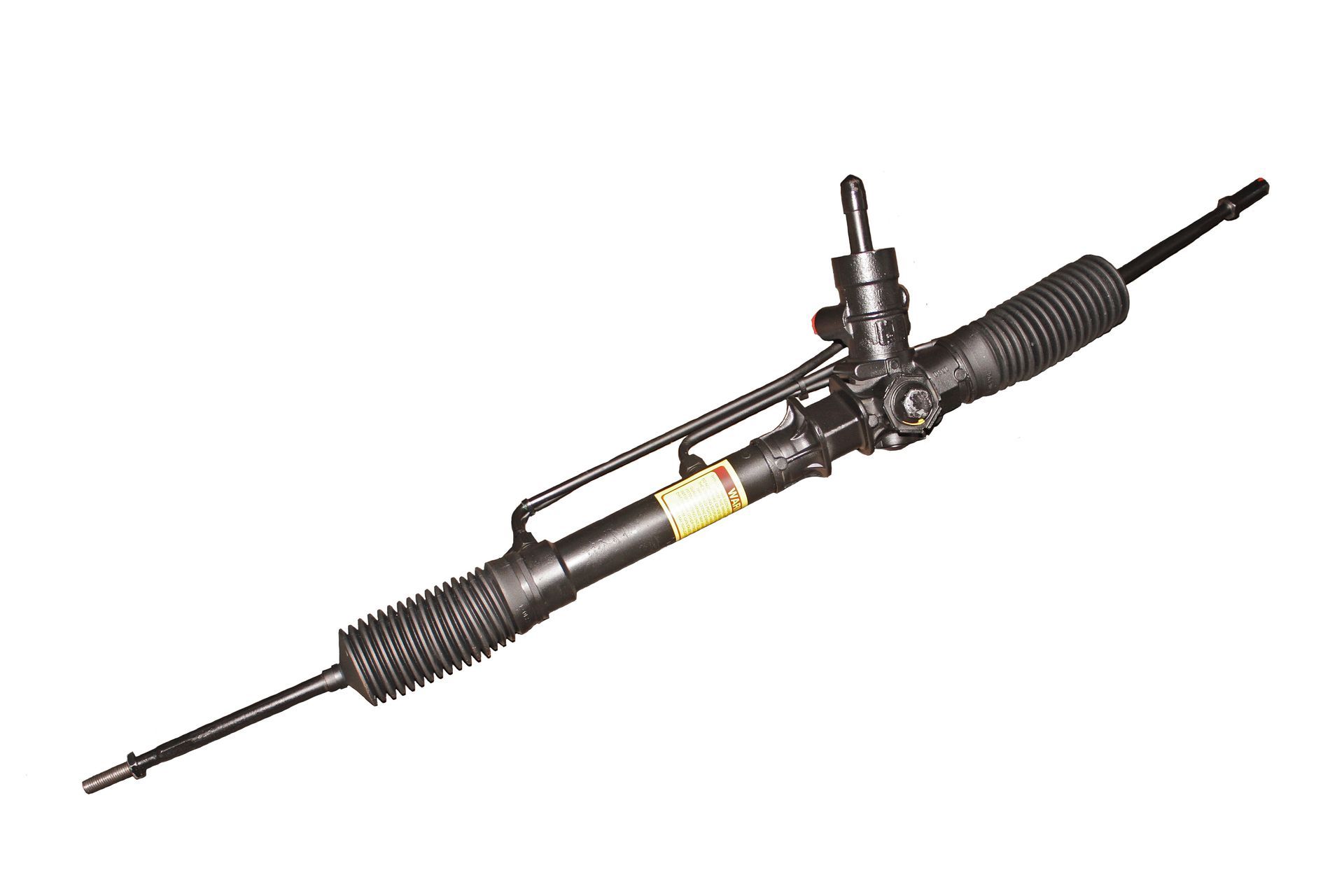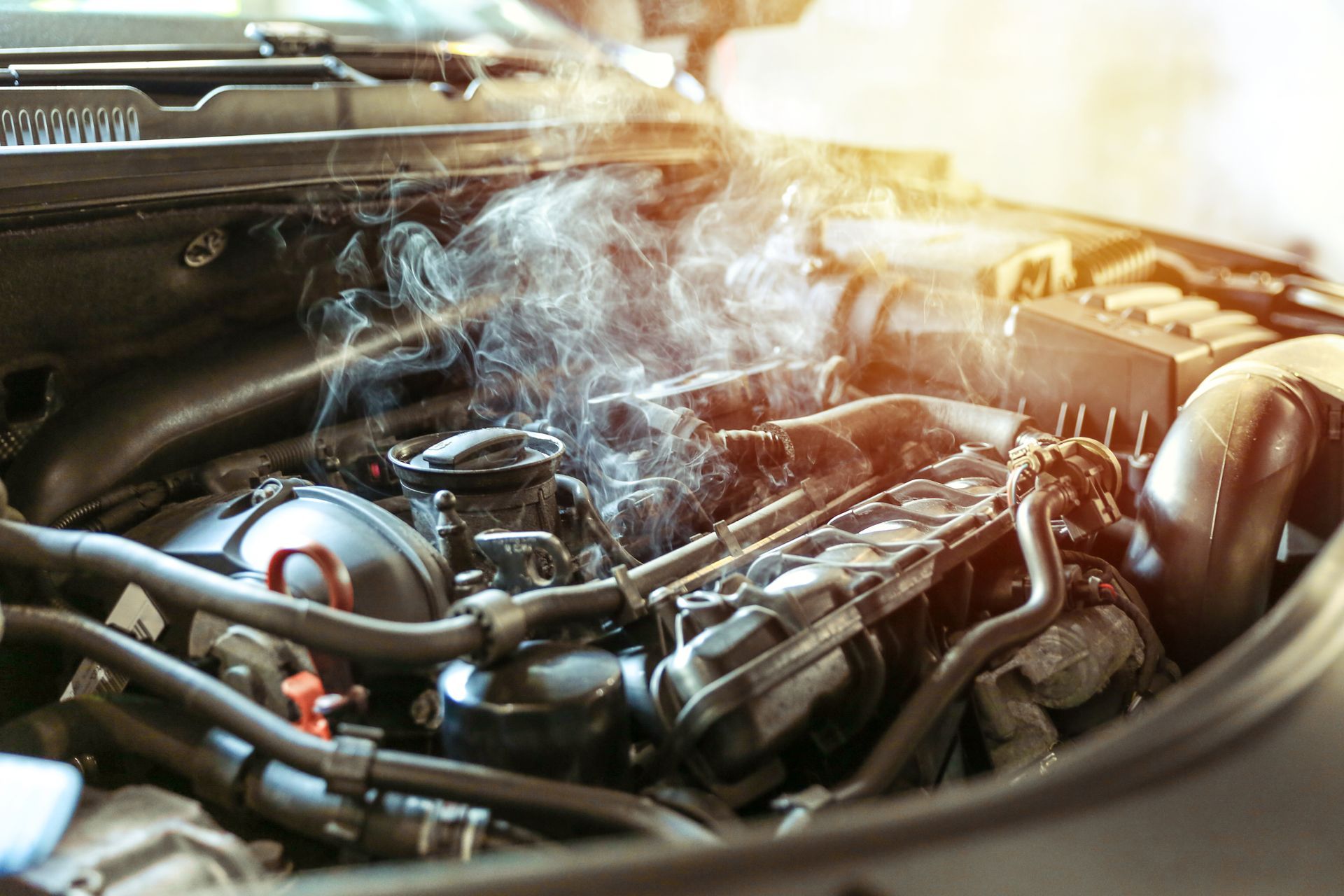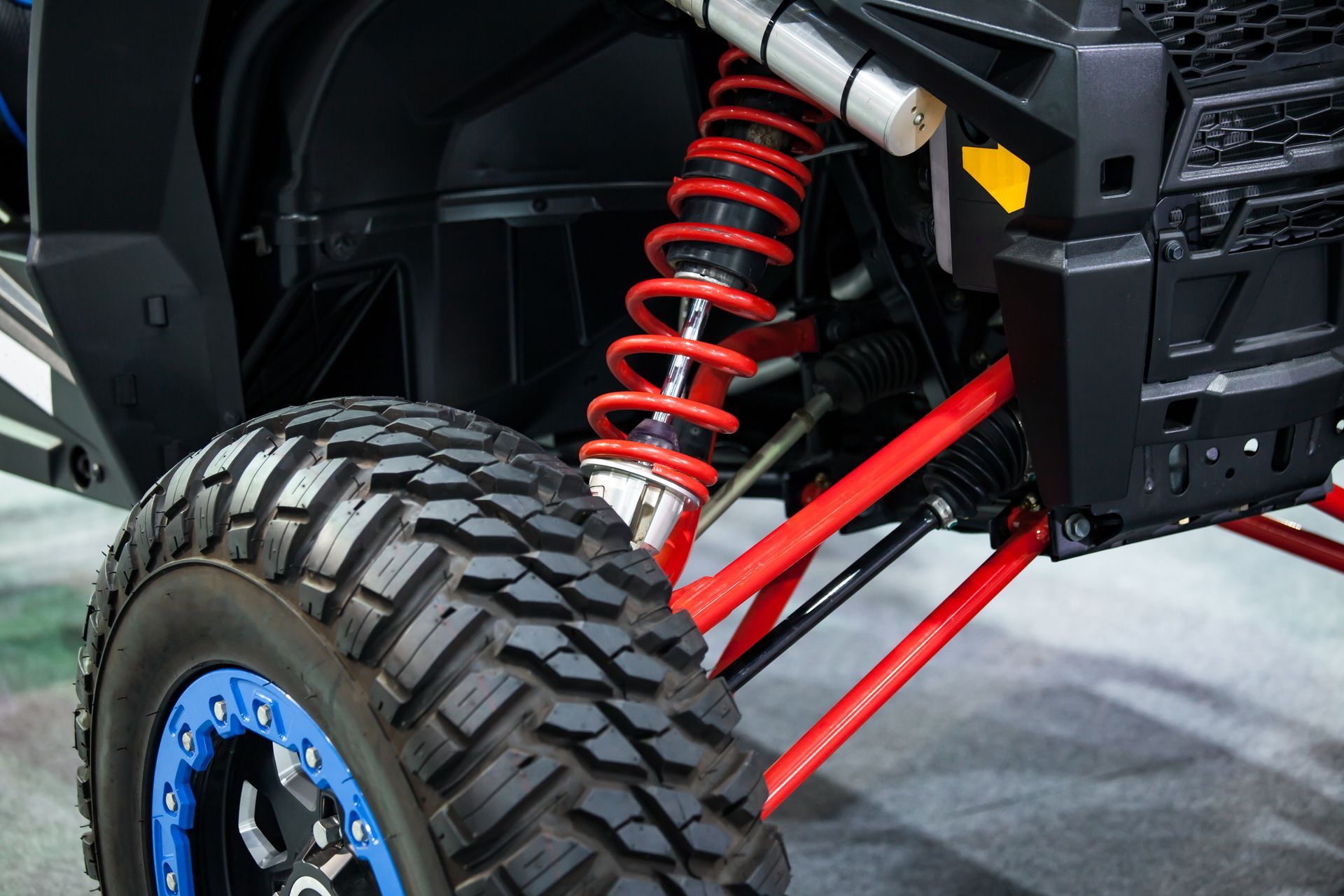Are you experiencing a bumpy ride or noticing unusual wear on your tires? Your vehicle's wheel alignment might be the culprit. Proper wheel alignment is crucial for maintaining optimal handling, tire wear, and overall driving comfort.
That's why we'll take a look at a few signs of needed wheel alignment, to ensure a good drive!
1. Uneven Tire Wear
One of the most apparent signs of misaligned wheels is uneven tire wear. Inspect your tires regularly for signs of uneven tread wear, such as excessive wear on the inside or outside edges of the tires. Uneven wear patterns indicate that your wheels are not correctly aligned, causing tires to scrub against the road surface unevenly. Addressing alignment issues promptly can help prolong tire life and prevent premature tire replacement.
2. Vehicle Pulling to One Side
Do you find yourself constantly correcting your steering to keep your vehicle traveling straight? If your car tends to pull to one side while driving on a straight road, it could be a sign of wheel misalignment. Alignment issues can cause uneven tire pressure, leading to steering drift and a noticeable pull to one side. Correcting wheel alignment can restore proper steering responsiveness and stability.
3. Steering Wheel Off-Center
Another obvious sign of wheel misalignment is an off-center steering wheel. When your wheels are properly aligned, the steering wheel should be centered and straight while driving straight ahead. If the steering wheel is off-center or crooked when driving straight, it indicates a need for alignment adjustments. Proper alignment ensures that your vehicle tracks straight and maintains stability on the road.
4. Vibration or Shaking While Driving
Have you noticed vibrations or shaking sensations through the steering wheel or vehicle chassis while driving? These symptoms can indicate various issues, including wheel misalignment. Misaligned wheels can cause uneven tire wear and suspension components to work harder, leading to vibrations and instability at higher speeds. Addressing alignment issues can help restore smoothness and comfort to your driving experience.
5. Squealing Tires When Turning
Do your tires squeal when making turns, especially at low speeds? This squealing noise could be a sign of tire scrubbing due to misaligned wheels. Misalignment can cause tires to drag and skid rather than roll smoothly during turns, resulting in audible squealing noises. Proper alignment ensures that tires maintain proper contact with the road surface during maneuvers, reducing tire wear and improving handling.
6. Excessive Steering Wheel Correction
Are you constantly adjusting the steering wheel to keep your vehicle on course? Excessive steering wheel correction, especially on straight roads, commonly indicates wheel misalignment. Misaligned wheels can cause your vehicle to veer off course, requiring constant steering adjustments to maintain direction. Correcting wheel alignment can restore stability and reduce the need for constant steering corrections.
7. Reduced Fuel Efficiency
Have you noticed a sudden decrease in fuel efficiency despite driving under normal conditions? Wheel misalignment can increase rolling resistance, causing your vehicle's engine to work harder and consume more fuel. By correcting wheel alignment, you can reduce unnecessary strain on your vehicle's drivetrain and improve fuel efficiency over time.
Questions You Might Have
Can I align my wheels myself, or should I seek professional help?
DIY enthusiasts can attempt basic wheel alignment adjustments, but precise alignment requires specialized equipment and expertise.
How often should I have my wheels aligned?
It is advised to align your wheels annually or when signs of misalignment, like uneven tire wear or steering issues, appear.
Are wheel alignment and tire balancing the same thing?
No, they're distinct procedures. Wheel alignment corrects wheel angles to be perpendicular to the ground and parallel.
For expert tire services in Stone Mountain, contact
Wrench Junkies! We are the local solution to all things vehicle-related - from basic services to the star of today's article, tires, to full-on engine repairs!



